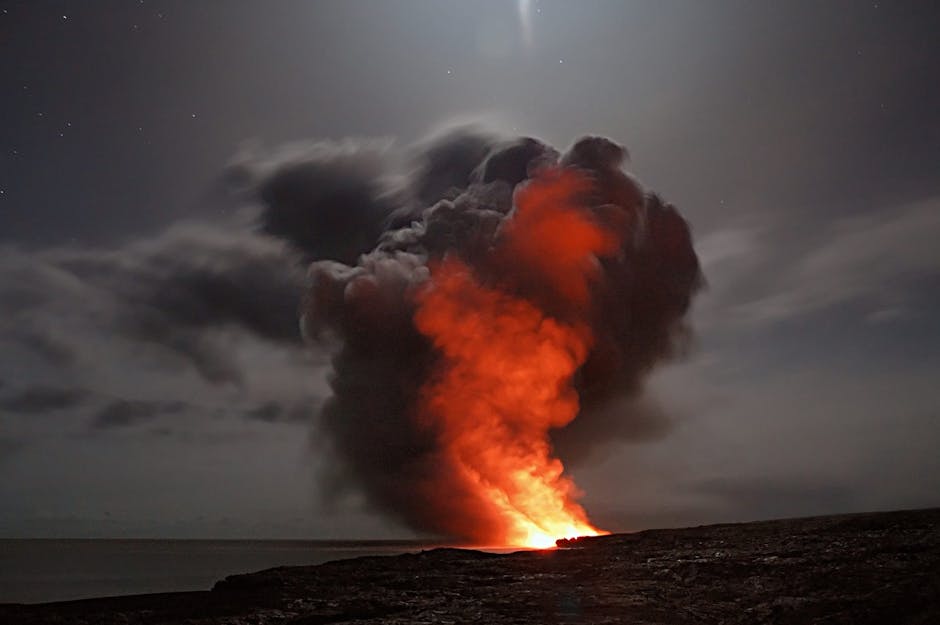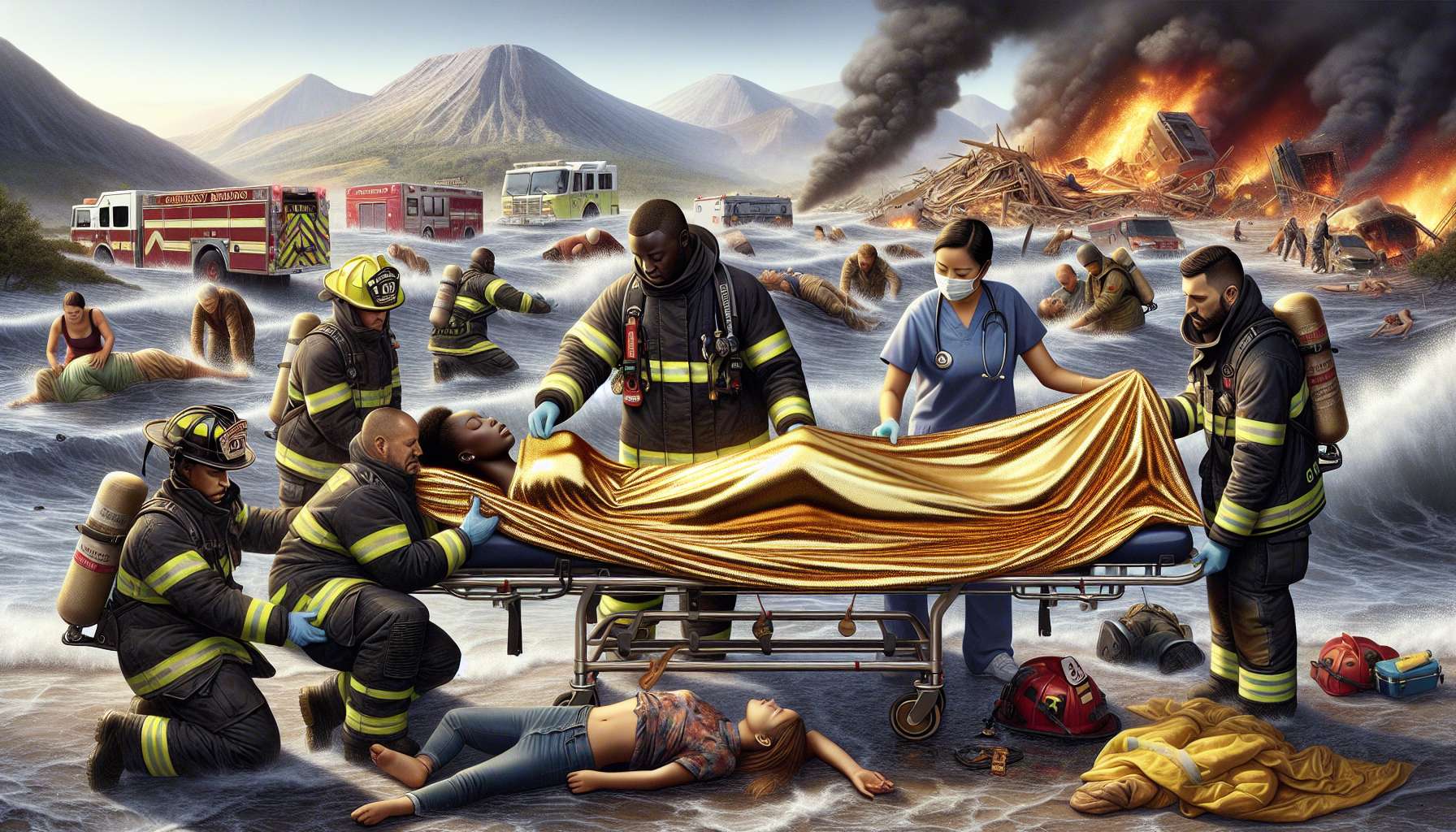Unveiling the Versatility of Emergency Blankets: A Comprehensive Guide
Emergency blankets, also known as space blankets or thermal blankets, are versatile, lightweight, and essential tools in survival kits and emergency preparedness. While their primary function is to retain body heat and prevent hypothermia in emergency situations, these blankets have a wide range of applications beyond their initial purpose. From outdoor adventures to medical emergencies, understanding the significance and potential of emergency blankets is crucial for anyone seeking to be well-prepared for unforeseen circumstances. Join us on a deep dive into the world of emergency blankets, exploring their history, uses, benefits, and future prospects.
The Evolution of Emergency Blankets
Emergency blankets have a fascinating history that dates back to the early days of space exploration. Originally developed by NASA in the 1960s, these metallic, reflective blankets were designed to protect astronauts from extreme temperature fluctuations in space. The thin, lightweight material was capable of reflecting up to 90% of radiated body heat, making it an ideal solution for the harsh conditions of outer space.
As the technology behind emergency blankets advanced, their applications expanded beyond space missions. Today, these blankets are commonly used by hikers, campers, first responders, and healthcare professionals to provide warmth, protection, and comfort in emergency situations. The compact size and portability of these blankets make them a valuable addition to any emergency kit, ensuring that individuals are prepared for unexpected challenges.
Key Features and Benefits
One of the key features of emergency blankets is their reflective surface, which helps to retain body heat and prevent heat loss in cold environments. This property is particularly important in emergency situations where maintaining core body temperature is critical for survival. Additionally, the metallic coating of these blankets makes them highly visible, allowing users to signal for help or attract attention in case of emergencies.
Another important benefit of emergency blankets is their durability and tear-resistant nature. Unlike traditional blankets, which may easily tear or become waterlogged in wet conditions, emergency blankets are designed to withstand rugged use and adverse weather conditions. This makes them an excellent choice for outdoor activities such as hiking, camping, and backpacking.
Furthermore, emergency blankets are versatile in their applications, serving a wide range of purposes beyond insulation. They can be used as makeshift shelters, ground covers, signaling devices, and even rain ponchos in a pinch. Their compact size and lightweight design make them easy to carry in a backpack or pocket, ensuring that you always have a reliable source of protection in case of emergencies.
Real-Life Applications of Emergency Blankets
The utility of emergency blankets extends to a variety of real-life scenarios, demonstrating their versatility and practicality in different situations. Let’s explore some of the common applications of these blankets:
Outdoor Adventures
For hikers, campers, and outdoor enthusiasts, emergency blankets are essential items to include in their gear. In the event of unexpected weather changes, accidents, or emergencies, these blankets can provide much-needed warmth and protection. They can also be used to create shelter, collect rainwater, or signal for help in remote areas where traditional resources may be scarce.

First Aid and Medical Emergencies
In emergency medical situations, such as treating shock, hypothermia, or heat exhaustion, emergency blankets are invaluable tools for stabilizing patients and preventing further complications. Their reflective surface helps to regulate body temperature and reduce the risk of hypothermia, while their lightweight and compact design make them easy to transport and store in medical kits.

Survival and Disaster Preparedness
Emergency blankets play a crucial role in survival and disaster preparedness plans, providing individuals and communities with essential resources to cope with emergencies. In the aftermath of natural disasters, such as earthquakes, hurricanes, or wildfires, these blankets can offer protection from the elements, help maintain core body temperature, and improve overall comfort in temporary shelters or evacuation centers.

Expert Opinions on Emergency Blankets
According to Dr. Sarah Johnson, a wilderness medicine specialist, “Emergency blankets are a must-have item for anyone venturing into the outdoors, whether for a day hike or an extended camping trip. Their lightweight and compact design make them easy to carry in a backpack, while their reflective surface provides critical insulation in cold or wet conditions.”
Dr. Michael Lee, an emergency room physician, adds, “In the medical field, emergency blankets are essential tools for treating patients in shock, hypothermia, or other critical conditions. Their ability to retain body heat and regulate temperature is key to stabilizing patients and preventing further complications.”
Common Misconceptions about Emergency Blankets
Despite their widespread use and proven benefits, emergency blankets are often misunderstood or underestimated by the general public. One common misconception is that these blankets are only useful in extreme survival situations or wilderness emergencies. In reality, emergency blankets have a wide range of applications in everyday life, from outdoor activities to first aid and disaster preparedness.
Another misconception is that emergency blankets are flimsy or disposable, suitable only for short-term use. While it’s true that these blankets are designed for temporary situations, they are durable and tear-resistant, capable of withstanding multiple uses and rough handling. By properly caring for and storing emergency blankets, users can extend their lifespan and maximize their effectiveness in emergencies.
Comparative Analysis: Emergency Blankets vs. Traditional Blankets
When comparing emergency blankets to traditional blankets, several key differences emerge in terms of functionality, portability, and durability. While traditional blankets are often made of heavier materials such as wool or fleece, emergency blankets are lightweight and compact, making them easier to carry and store in emergency kits or backpacks.
In terms of insulation and heat retention, emergency blankets are highly effective due to their reflective surface, which helps to trap and reflect body heat. Traditional blankets, while cozy and comforting, may not offer the same level of protection in cold or wet conditions, making them less suitable for emergency situations where heat loss is a concern.
Additionally, emergency blankets are versatile in their applications, serving as multi-functional tools for survival, first aid, and signaling. Traditional blankets, while great for comfort and warmth at home, may not be as practical or efficient in emergency scenarios where adaptability and portability are essential.
FAQs about Emergency Blankets
Q: How do emergency blankets work?
A: Emergency blankets work by reflecting up to 90% of radiated body heat back to the user, helping to maintain core body temperature and prevent hypothermia in cold conditions.
Q: Are emergency blankets reusable?
A: Yes, emergency blankets are reusable and can withstand multiple uses if properly cared for and stored. However, they are intended for temporary emergency situations and may lose effectiveness over time.
To Wrap Things Up
Emergency blankets are versatile, lightweight, and essential tools for survival, outdoor adventures, and emergency preparedness. Their reflective surface, durability, and portability make them valuable assets in a wide range of scenarios, from medical emergencies to natural disasters. By understanding the benefits and applications of emergency blankets, individuals can better prepare for unforeseen challenges and ensure their safety and well-being in emergencies.




